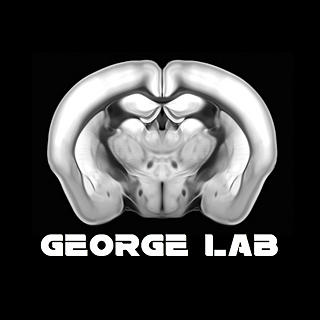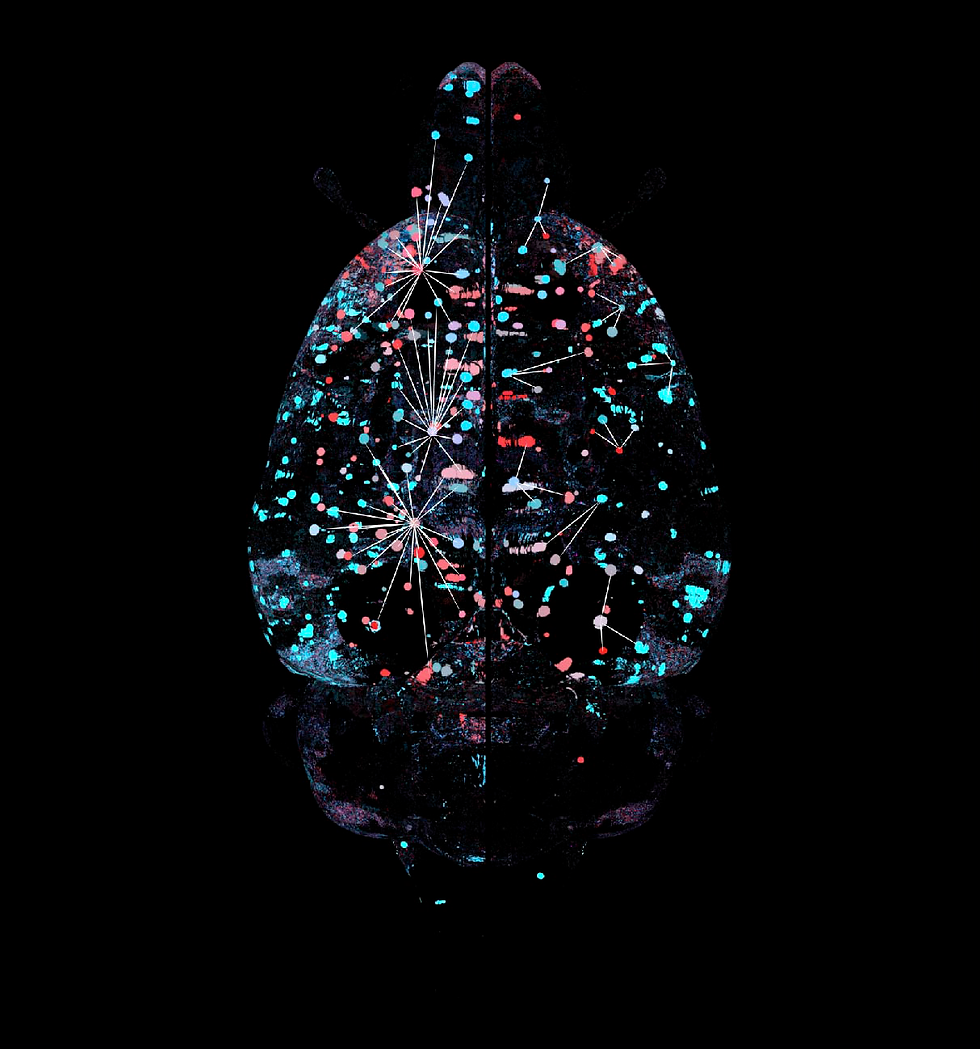New paper published by the George Lab: Identification of a new type of neurons that contributes to n
- Olivier George
- Nov 17, 2014
- 4 min read

TSRI Researchers Discover New Type of Neuron that Plays Key Role in Nicotine Addiction
LA JOLLA, CA – November 17, 2014 – For decades, scientists thought drug addiction was the result of two separate systems in the brain—the reward system, which was activated when a person used a drug, and the stress system, which kicked in during withdrawal.
Now scientists at The Scripps Research Institute (TSRI) have found that these two systems are actually linked. Their findings, published November 17 in the journal Nature Neuroscience, show that in the core of the brain’s reward system are specific neurons that are active both with use of and withdrawal from nicotine. The researchers believe the same neurons may be active in responses to many addictive drugs.
“If we can find a way to target those neurons in humans, maybe we can reduce the ‘high’ produced by the drug and reduce the withdrawal symptoms,” said Olivier George, assistant professor at TSRI and senior author of the new study.
Mysterious Neurons
Until now, the area of the brain where these neurons are found, called the ventral tegmental area (VTA), had only been associated with the reward system—not stress from withdrawal. The neurons in the VTA were known to produce dopamine, a neurotransmitter linked to feelings of pleasure.
Five years ago, George was sure there had been a mistake when Taryn Grieder, a staff scientist in Derek van der Kooy’s lab at the University of Toronto, who was collaborating with George on this project, detected a stress peptide in the VTA. This peptide, called corticotropin-releasing factor (CRF), is associated with anxiety and depression. Grieder, now first author of the new study, ran the test again and got the same weird result. She then ran a third test: same result.
George decided to take a closer look at the VTA and worked closely with Paul Sawchenko, professor at the Salk Institute who was part of the group that originally discovered CRF, to use radioactive RNA markers to detect CRF in brain samples from rodents.
At first, Sawchenko did not find anything unusual. Then one day, Sawchenko and George found themselves staring at an X-ray film of a mouse’s VTA when they suddenly spotted tiny black dots on the X-ray film—the CRF-producing neurons where they had never been seen before.
They reminded George of pictures sent back from NASA’s Hubble Space Telescope showing dots of light from unknown stars.
“If you look in a textbook, these neurons don’t exist in the VTA,” said George. “That was the most exciting day of my career.”
A New Framework
Following up on these unexpected findings, the researchers looked at the role of these neurons in nicotine addiction.
They studied brain samples from mice and rats that were raised with chronic exposure to nicotine and had developed nicotine dependence—similar to a heavy smoker going through two packs a day. They found that CRF-producing neurons in the VTA were activated during withdrawal, and they examined brain samples from humans, showing that the same CRF-producing VTA neurons are present.
The researchers also tested whether CRF production in the VTA was linked to escalation of nicotine intake in rodents that had withdrawn from the drug and then had nicotine access restored. Previous studies had shown that in rodents—and in humans—those who relapsed began consuming more nicotine than they did when first exposed to the drug. To test whether this behavior was linked to neurons in the VTA, the researchers targeted a gene in the neurons to decrease the production of CRF during withdrawal. They found that rodents with less CRF in the VTA did not escalate their nicotine intake during a second round of access to the drug.
Now that researchers have found a link between the reward and stress systems, George thinks of the systems working together as one “motivational” system. The “high” of dopamine motivates a person to keep smoking, and the stress of withdrawal motivates a person not to quit.
“That changes the whole conceptual framework,” said George. “We have to look at everything again, going back to the 1970s. It’s possible that when you activate those neurons, you have the reward system that’s activated—you have this euphoria, this high—but at the same time you activate this stress peptide.”
George hopes the recent study will help researchers develop drugs or genetic therapies to target these neurons. “It’s a new road to finding treatments for people,” he said.
In addition to George, Grieder and Sawchenko, other authors of the study, “VTA CRF neurons mediate the aversive effects of nicotine withdrawal and promote intake escalation,” include Hector Vargas-Perez, Michal Chwalek, Geith Maal-Bared, Laura Clarke and Derek van der Kooy of the University of Toronto; Laura A. Tan of the Salk Institute; Pascale Koebel of the Université of Strasbourg; Brigette L. Kieffer of the Université of Strasbourg and McGill University; Andrew Tapper of the University of Massachusetts Medical Science; George F. Koob of the National Institute on Alcohol Abuse and Alcoholism; and Melissa Herman, Ami Cohen, John Frieling, Joel E. Schlosburg, Elena Crawford, Vez Canonigo, Pietro Sanna and Marisa Roberto of TSRI.
This study was supported by the Canadian Institutes of Health Research, U.S. National Institute
on Drug Abuse (DA023597 and DA035371), U.S. National Institute on Alcohol Abuse and Alcoholism (AA021491, AA015566, F32 AA020430, AA006420, AA016658 and INIA AA013498), Tobacco-Related Disease Research Program (12RT-0099), U.S. National Institute of Diabetes and Digestive and Kidney Diseases (DK026741) and the Clayton Medical Research Foundation.
About The Scripps Research Institute
The Scripps Research Institute (TSRI) is one of the world's largest independent, not-for-profit organizations focusing on research in the biomedical sciences. TSRI is internationally recognized for its contributions to science and health, including its role in laying the foundation for new treatments for cancer, rheumatoid arthritis, hemophilia, and other diseases. An institution that evolved from the Scripps Metabolic Clinic founded by philanthropist Ellen Browning Scripps in 1924, the institute now employs about 3,000 people on its campuses in La Jolla, CA, and Jupiter, FL, where its renowned scientists—including two Nobel laureates—work toward their next discoveries. The institute's graduate program, which awards PhD degrees in biology and chemistry, ranks among the top ten of its kind in the nation. For more information, see www.scripps.edu.
# # #
For information: Office of Communications Tel: 858-784-2666 Fax: 858-784-8136 press@scripps.edu






Comments